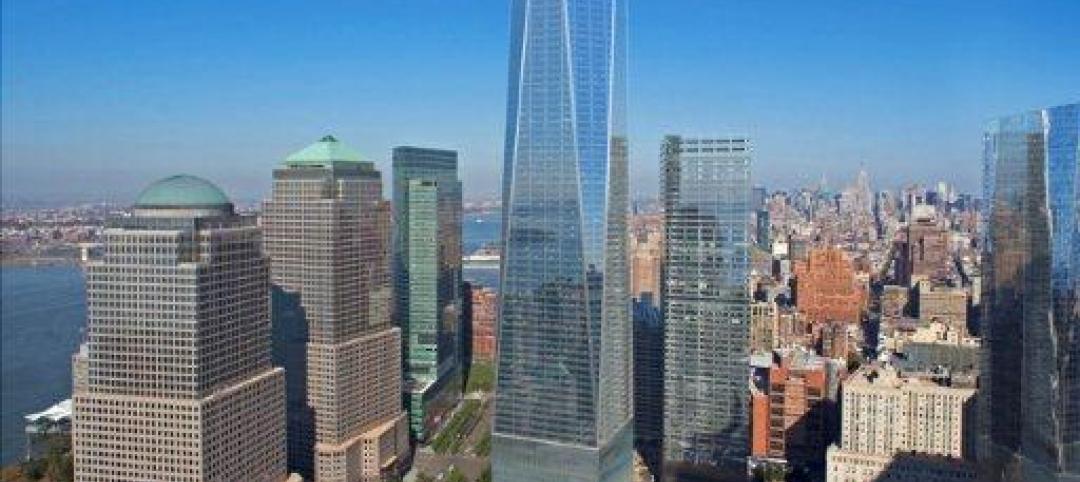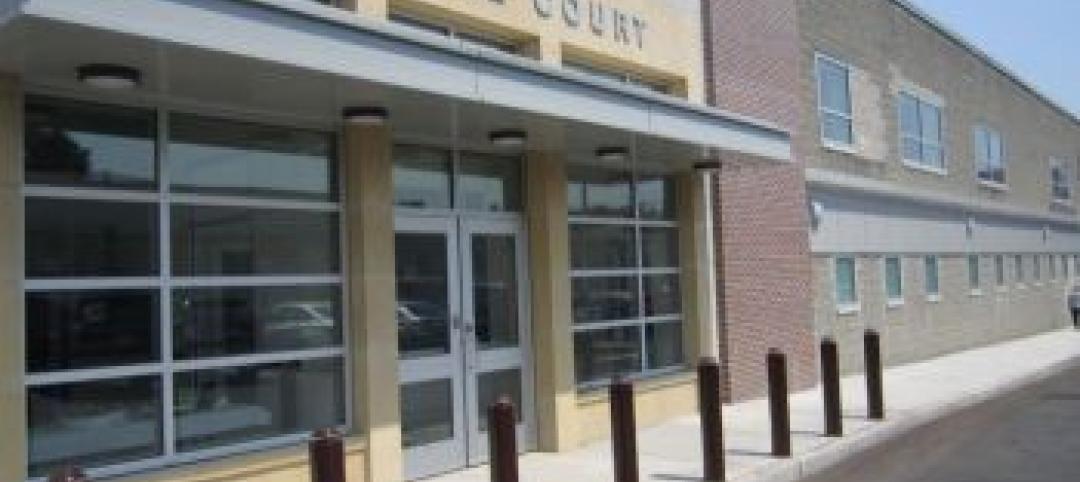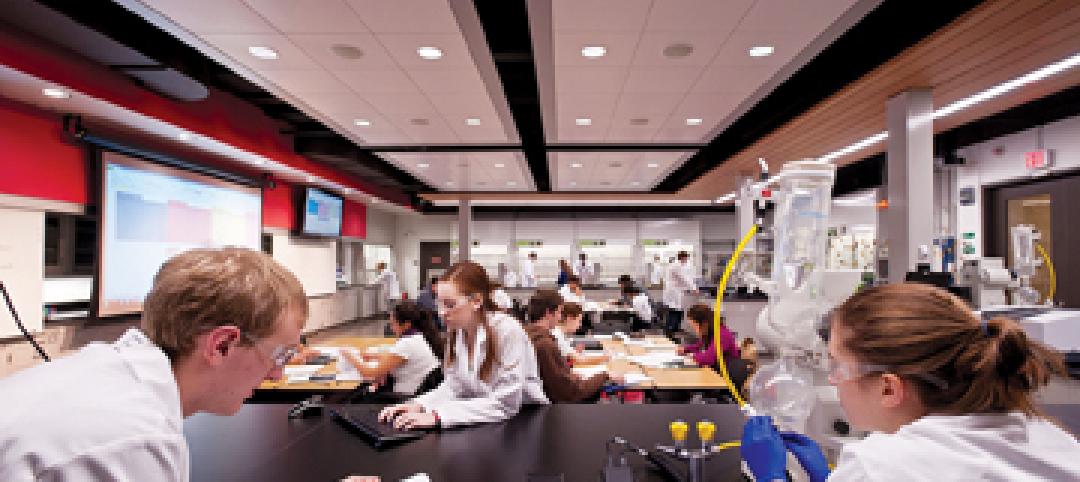A new study by Boulder, Colo.-based Navigant Research projects that public- and private-sector efforts to lower the carbon footprint of new and renovated commercial and residential structures will boost the annual revenue generated by commercial and residential zero energy buildings (ZEBs) over the next 20 years by 122.5%, to $1.4 trillion.
This study cites the lack of unified standards bodies as a barrier to the growth of ZEBs. It forecasts revenues for six product and service categories—lighting, walls and roofing, HVAC, glazing, renewable energy, and soft costs—by geographic and national regions, with specific emphasis in the U.S. on California and Massachusetts.
“The global zero energy building market has many pockets of potential growth, but challenges remain in defining what exactly a ZEB is, as well as raising awareness of the increasing accessibility of these solutions,” said Noah Goldstein, research director with Navigant Research. “The strongest driver for this market is regulation, as policies like the European Union’s Energy Performance of Buildings Directive and California’s evolving Title 24 building code bring ZEB markets into being for new commercial, new residential, and retrofitted commercial spaces.”
The technology and equipment associated with the building envelope are developing rapidly, reducing the soft costs associated with ZEBs, according to the report. New developments in building envelope materials, along with innovative manufacturing techniques for windows and glazing, should help lower the energy use intensity of buildings. This focus on improved envelopes is expected to aid the greater building ecosystem, reducing energy costs for non-ZEBs, as well.
Related Stories
| Aug 14, 2012
Leo A Daly welcomes Carl Gentilcore
Gentilcore will be responsible for identifying, developing and managing client relations with key federal government agencies.
| Aug 14, 2012
SOM Foundation announces prize recipients for 2012
Submissions for the SOM Prize were received from students at 34 schools in the U.S.
| Aug 9, 2012
Slideshow: New renderings of 1 WTC
Upon its scheduled completion in early 2014, One World Trade Center will rise 1,776 feet to the top of its spire, making it the tallest building in the Western Hemisphere.
| Aug 9, 2012
Slideshow: New renderings of 1 WTC
Upon its scheduled completion in early 2014, One World Trade Center will rise 1,776 feet to the top of its spire, making it the tallest building in the Western Hemisphere.
| Aug 9, 2012
DSGW Architects welcomes new employees
Three new employees located in DSGW's Duluth office.
| Aug 9, 2012
DMR Architects converts bank building to municipal court
The project consisted of a $4 million renovation to a 2-story building totaling 13,000-sf.
| Aug 8, 2012
BD+C wins six B2B journalism awards
BD+C wins two national awards, three regional awards, and a regional Graphical Excellence award.
| Aug 8, 2012
BIM’s future up in the cloud
The AEC industry is on the cusp of a still more significant evolution with cloud computing.
| Aug 8, 2012
Giants 300 Sports Facilities Report
BD+C's Giants 300 Top 25 AEC Firms in the Sports Facilities sector.
| Aug 8, 2012
Giants 300 Science & Technology Report
BD+C's Giants 300 Top 25 AEC Firms in the Science & Technology sector.

















